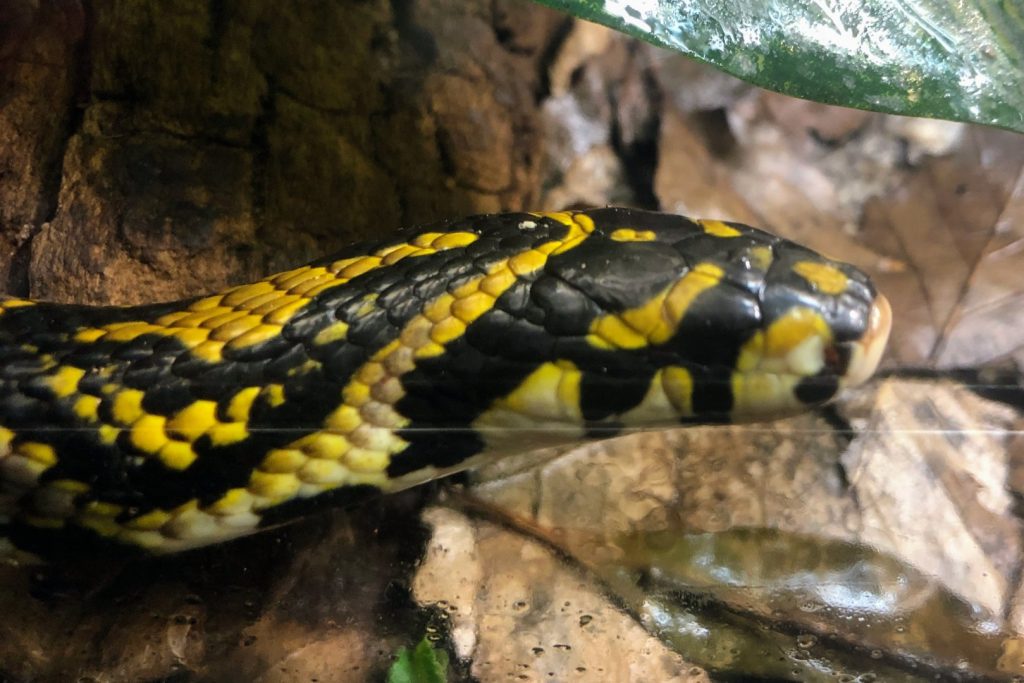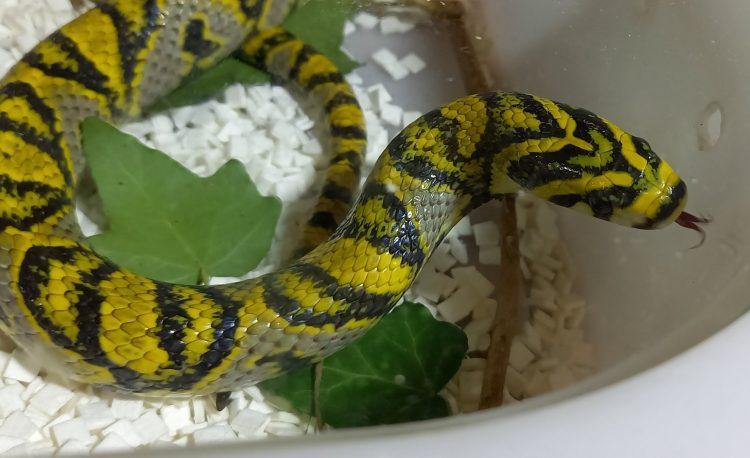The Natural Diet of the Mandarin Rat Snake
The Mandarin Rat Snake is a carnivorous creature. In the wild, it preys on rodents, reptiles such as mice, other snakes, and lizards. This snake has a unique hunting style. It is often active at night, using the element of surprise. With its remarkable ability to sense heat, it can locate its prey and then swiftly strike, coiling around the victim and swallowing it whole.
Feeding in Captivity
When keeping the Mandarin Rat Snake in captivity, it’s crucial to provide food that closely resembles its natural diet. Depending on the snake’s size and age, appropriate feeding schedules should be maintained. For young snakes, feeding twice a week might be suitable, while for non – juvenile ones, once a week is usually sufficient. The most common food for captive – bred Mandarin Rat Snakes is young mice. It’s important to note that the food size should match the snake’s body size to avoid choking or digestion problems.
Suitable and Unsuitable Foods
For pet Mandarin Rat Snakes, fresh prey such as rodents (mice, hamsters, etc.) and small reptiles are ideal. However, there are certain foods to avoid. Human food, processed items, and toxic animals like toads are strictly prohibited. Also, avoid overly greasy or fatty foods as they can harm the snake’s digestion and overall health. Offering a diverse diet is key to ensuring the snake’s nutritional balance and healthy growth. Instead of relying on a single type of food for a long time, it’s advisable to vary the diet.
Other Husbandry Considerations
Apart from diet, proper care of the Mandarin Rat Snake involves several other aspects. The enclosure should be kept dry and well – ventilated to prevent the growth of mold and bacteria that could endanger the snake’s health. Regularly changing the drinking water and maintaining a clean environment are essential. In case of any signs of reduced appetite or other abnormal symptoms, immediate medical attention should be sought.

The Mysterious Mandarin Rat Snake: More Than Just Its Diet
The Appearance and Distribution of the Snake
The Mandarin Rat Snake is a moderately – sized snake, typically found in southern China. It has a wide distribution range, including parts of Southeast Asia. In recent years, it has also been sighted in northern China, adding to its mysterious allure. Its body color and pattern can vary, with some individuals having unique markings. The snake’s length usually ranges from 90 – 120 centimeters, although longer specimens can be found, especially in southern provinces.
The Challenges of Keeping the Mandarin Rat Snake
This snake has proven to be quite challenging to keep in captivity. Many wild – caught individuals do not survive long, even with the best care. The reasons for this are still somewhat of a mystery. It’s believed that factors such as stress, improper handling, and inadequate diet might contribute to their high mortality rate. Handling the snake requires great care as it can be nervous and may bite if startled. When moving the snake, it’s best to do so gently and avoid causing it distress.
Breeding and Reproduction of the Mandarin Rat Snake
Identifying the sex of the Mandarin Rat Snake can be done by examining certain physical characteristics, although the most accurate method is to look for the presence of hemipenes. Breeding these snakes can be a complex process. They usually lay 3 – 8 eggs, although there have been records of more. The incubation period lasts around 45 – 60 days at an average temperature of 25℃.























































